Located in the heart of Cádiz province, within the region of La Janda, and nestled within the spectacular natural setting of Parque Natural de los Alcornocales lies Alcalá de los Gazules. This town boasts an unmatched beauty, typifying the unique character of southern Spain.
Its architecture, narrow and steep streets, and bright, open squares bring to life the Andalusian charm described by Federico García Lorca, who wrote: “I, who am Andalusian through and through, yearn for Málaga, for Córdoba, for Sanlúcar la Mayor, for Algeciras, for authentic and vibrant Cádiz, for Alcalá de los Gazules, for that which is intimately Andalusian…”
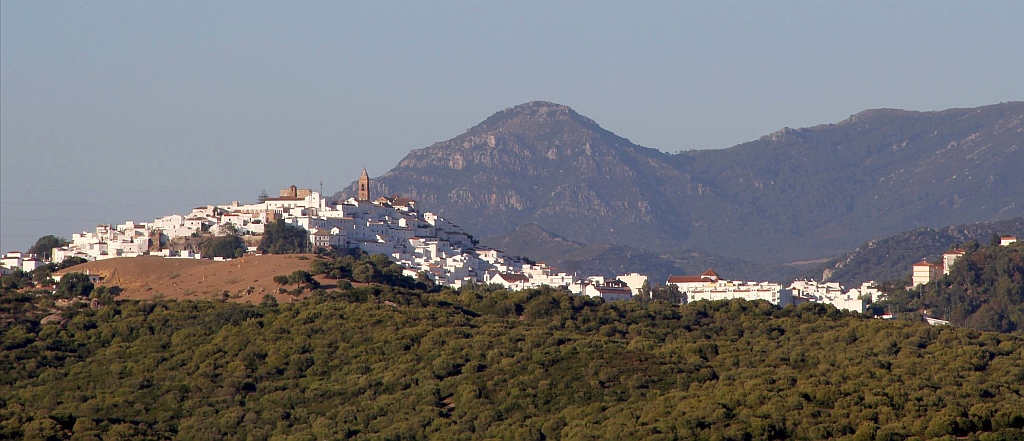
Listen to the podcast about Alcalá de los Gazules
The municipality of Alcalá de los Gazules
The Barbate River flows from north to south, carving its way through the lands and mountains of Alcalá. The town sits on the central slopes of the Sierra del Aljibe (70 kilometres from the provincial capital), offering sweeping views over Los Alcornocales and the countryside of Cádiz. The nearest municipalities include Jerez de la Frontera, Jimena de la Frontera, San José del Valle, Castellar de la Frontera, Los Barrios, Medina Sidonia, Benalup Casas Viejas, Cortes de la Frontera, and Paterna de Rivera. See the full list of villages in the province of Cádiz here.
The municipality of Alcalá offers numerous points of interest where visitors can uncover the legacy of the various cultures and civilisations that once inhabited the area. The best way to discover Alcalá and its charm is to wander its streets, taking in the unique history of this remarkable town.
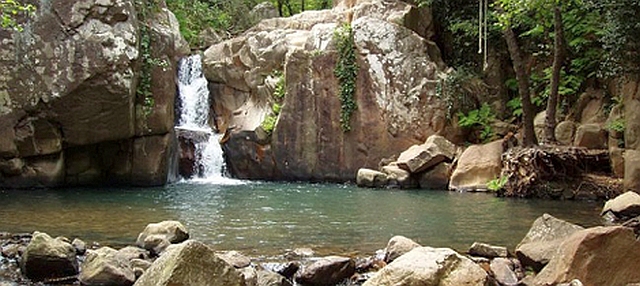
Alcalá’s tourism appeal combines natural beauty with an impressive historical legacy. The historic quarter, declared a Conjunto Histórico-Artístico (Historic-Artistic Complex) in 1984, is home to noteworthy landmarks, including the hilltop fortress, Iglesia de San Jorge (St. George’s Church), and the Casa del Cabildo (Town Hall).
Find a hotel in Alcalá de los Gazules
Alcalá de los Gazules promotional video
Alcalá de los Gazules presented a groundbreaking promotional video in cinema format at FITUR 20, the International Tourism Trade Fair held annually in Madrid. The modern video aimed to promote the town both nationally and internationally.
This cinematic promotional spot, a co-production from Cádiz by Lbl Producciones, Ilusion Films, and Creación Digital, was the first of its kind in the province. It reflected the strong commitment of the Town Council, together with the Tourism Department, to position and showcase Alcalá as a modern tourist destination.
Things To See Around Alcalá de los Gazules
Parque Natural de Los Alcornocales
Declared a Natural Park by the Andalusian Parliament in 1989, Los Alcornocales stretches across a vast area from the coastal region of Tarifa, near the Strait of Gibraltar, to the inland sierras around Cortes de la Frontera, El Bosque, and Ubrique. Covering over 160,000 hectares, this is one of the largest natural parks in the Iberian Peninsula.
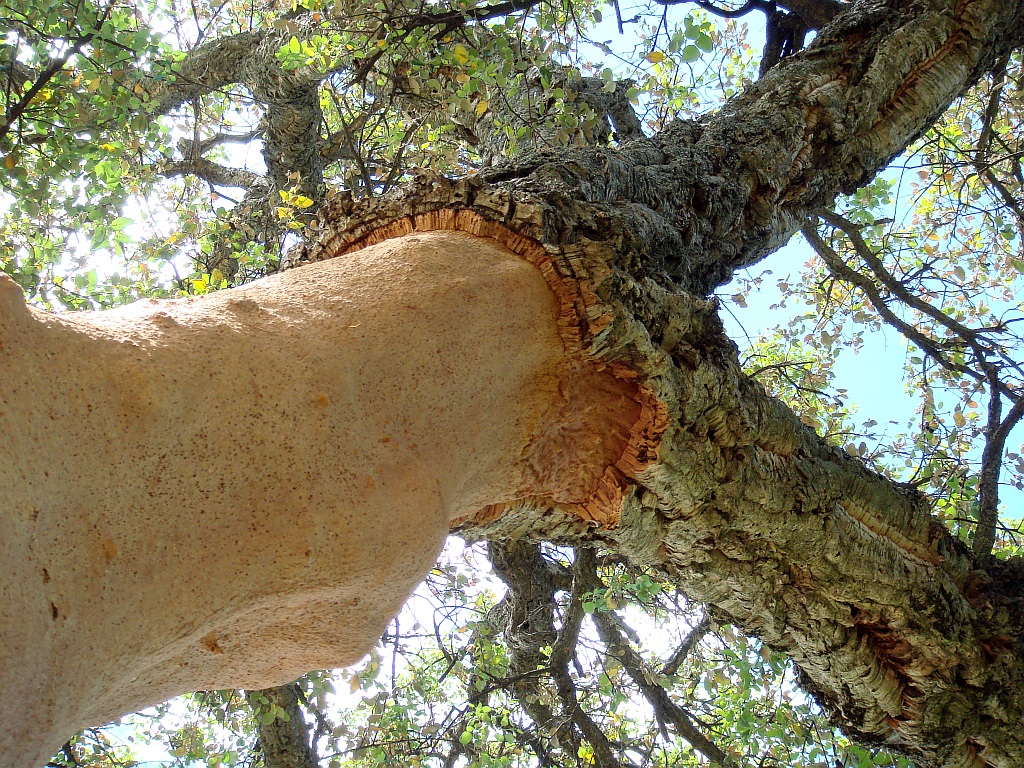
Read about the Alcornocales natural park here.
The Aljibe Visitor Centre
The Aljibe Visitor Centre, located on the A-2228 road between Alcalá de los Gazules and Benalup-Casas Viejas, provides tourists with information on the park’s resources. Here, visitors can view exhibitions on the park’s flora and fauna, as well as recreation areas like the “corcho” courtyard, showcasing cork oak, and a small “charcoal bowling” area.
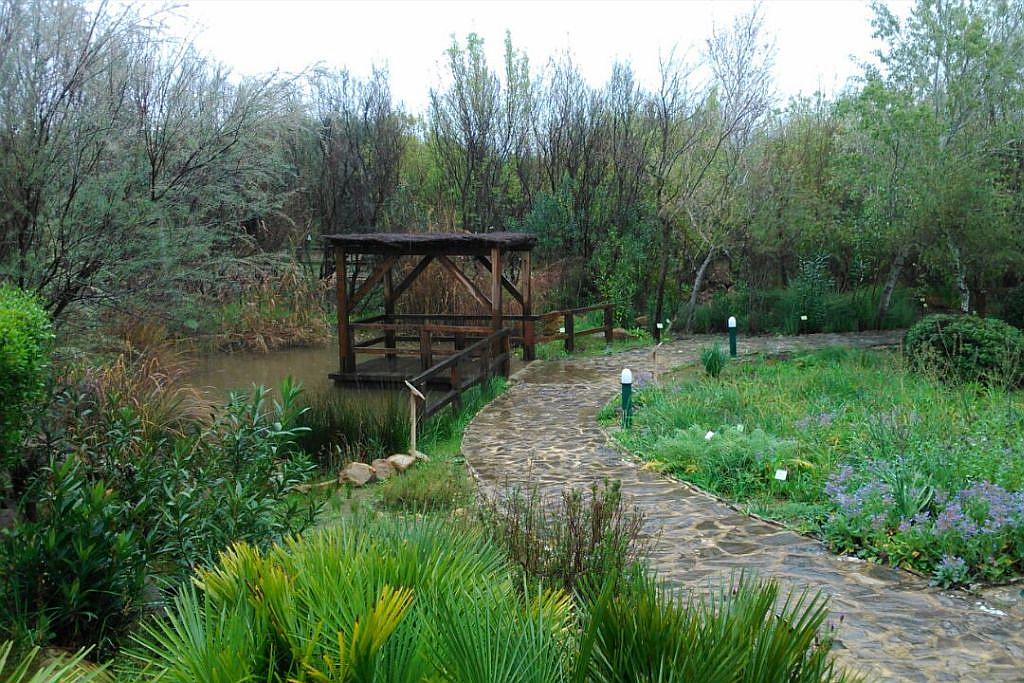
Read about the Aljibe visitor centre and botanic gardens here.
A fascinating feature within the visitor centre is a 5,000-year-old necropolis, where visitors can view four Calcolithic (Copper Age) tomb structures dating back to the third millennium BCE, discovered in the nearby Monte Bajo area.
Other places of interest close to Alcalá de los Gazules
- Río Barbate Reservoir: Constructed in 1992, this reservoir holds a capacity of 228 Hm³ over an area of 2,540 hectares, lying along the Barbate River.
- Las Peñas Rock Formation: At the town’s entrance, visitors are greeted by a remarkable rock formation known as Las Peñas. Made up of fine-grained sandstone bound with flint or limestone, this formation is a prominent natural landmark.
- Parque Municipal Félix Rodríguez de la Fuente: This municipal park, located in Paseo de la Playa, was renamed in 1983 in honour of Félix Rodríguez de la Fuente, a renowned Spanish naturalist. In 2003, the enclosing walls were removed, transforming it into an open public space. Within the park stands a statue representing doves, commemorating those who lost their lives fighting for democracy and freedom.
History of Alcalá de los Gazules
Alcalá de los Gazules has been inhabited since the Upper Palaeolithic, as evidenced by prehistoric engravings and polished stone tools found in the Laja de los Hierros. The town’s first permanent settlement was at Mesa del Esparragal, where archaeologists discovered the Bronze of Lascuta (Spain’s earliest known Roman inscription, 189 BCE), which is now housed in the Louvre Museum in France.
You can see a copy of the tablet in the gardens of the “Paseo de la Playa”
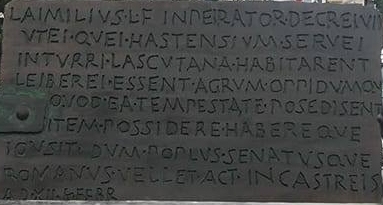
-The emperor Lucio Emilio, son of Lucio, decreed that, of the servants of Hasta, those who lived in the Lascuta Tower were free and could dispose of the field and the house that they had owned at that time, as long as the People and the Roman Senate wanted it. Done in the camps, on the twelfth of the Kalends of February-.
(January 19, 575 of the founding of Rome or 189 BC).
During the Visigoth period, the Torre Mesa del Esparragal tower was constructed. Following the Muslim conquest, the town was renamed Qalat At Yazula (Castle of the Gazules) and became part of the Kingdom of Granada and later the Cora of Algeciras. The remains of the castle date back to this era.
In 1264, King Alfonso X the Wise captured Alcalá, renaming it Alcalá de los Gazules. The town became notable during the Peninsular War (1808–1814) when local militias defeated Napoleonic forces despite being outnumbered, leading the French general Manbourg to massacre the town’s residents and destroy the castle and Roman bridge.
In 1876, Alfonso XII granted the title of “city” to Alcalá, and in 1984, it was declared a Conjunto Histórico-Artístico (Historic-Artistic Complex).
Economy of Alcalá de los Gazules
Alcalá de los Gazules’ economy is driven by tourism and agriculture.
Climate of Alcalá de los Gazules
The climate in Alcalá de los Gazules is Mediterranean with oceanic influences, bringing warm summers and mild winters. The average annual temperature is 17.0°C, with summer highs reaching 31.6°C and winter lows averaging 6.7°C. Annual rainfall averages 1,011 mm, concentrated between October and February. Prevailing winds are the “levante” and “poniente”.
Monuments and Places of Interest in Alcalá de los Gazules
- Laja de los Hierros – A prehistoric site featuring stone engravings, originally thought to be ancient livestock brands.
- Roman Site at Mesa del Esparragal – Roman remains, including a tower, road, and bridge ruins, located near Arroyo de los Álamos.
- Deposits of La Salada – Roman water storage structures from the second century BCE.
- Casa del Cabildo – A 16th-century Renaissance building known for its austere façade and rich architectural details.
- Iglesia Mayor Parroquial de San Jorge – A church from the 13th century in Plaza de San Jorge.
- Convento de Santa Clara – A 17th-century convent, partly preserved, with a cloister and bell tower.
- Convento de Santo Domingo – Once a convent, now partially residential.
- Ermita-Santuario de Ntra. Sra. de los Santos – A 17th-century hermitage and pilgrimage site.
Gastronomy in Alcalá de los Gazules
Alcalá’s cuisine is diverse, featuring wild ingredients like espárragos (asparagus) and tagarninas (wild thistles), as well as pork and retinto beef (including dishes like longanizas [sausages], morcillas [blood sausages], and lomo en manteca [pork loin in lard]). Game meats such as venison, wild boar, rabbit, and partridge are popular, as are desserts like pestiños (fried pastries with honey), buñuelos (fritters), and torta de pellizco (sweet flatbread).
Notable local dishes include:
- Jabalí en salsa (Wild Boar in Sauce)
- Berza de coles (Cabbage Stew)
- Calostros (Fresh Milk Curds)
- Gazpacho Caliente (Hot Gazpacho. Normally gazpacho is cold tomato soup!)
- Sopa de espárragos trigueros (Wild Asparagus Soup)
Festivals and Events in Alcalá de los Gazules
- Carnival (February 15–17) – A three-day festival with music and performances.
- Semana Santa (April 5–12) – Celebrations around Holy Week.
- San Jorge (April 23) – Celebrating King Alfonso X’s entry into Alcalá, with religious and cultural events.
- Feria del Ganado (First half of May) – A livestock fair.
- San Juan (June 23–24) – Bonfires lit in celebration of St. John’s Eve.
- August Fair – Celebrations in honour of the town’s patron saint, Virgen de los Santos.
- Romería de Ntra. Sra. de los Santos (September 7) – A pilgrimage honouring the town’s patroness.
Ronda Today
Everything you need to know before you visit Ronda “The city of dreams” in Andalucia. https://www.rondatoday.com/
Visit Cádiz
Planning on visiting Cádiz? Tourist information. Monuments. Hotels. Activities. City guides: https://visitingcadiz.com/
The Caminito del Rey
Find tickets for the Caminito del Rey: https://www.caminodelrey.es/
Wildside Holidays – Spain
Take a trip on the Wildside! Discover the wildlife and nature of Spain, its Natural and National Parks and find the top wildlife, activity and walking holiday companies.
Iberia Nature Forum
Struggling with identifying those bugs and beasties? Why not check out the Iberia nature Forum! https://iberianatureforum.com/
I’ve been living in this lovely area of Western Andalucia for the last 20 years or so and dedicate most of my time to the running of English language tourist information websites for the towns of Cádiz, Ronda, Grazalema, the famous or infamous Caminito del Rey, and also Wildside Holidays, which promotes sustainable and eco-friendly businesses running wildlife and walking holidays in Spain. My articles contain affiliate links that will help you reserve a hotel, bus, train or activity in the area. You don’t pay more, but by using them you do support this website. Thankyou!

Hello Clive: Thank you again! We appreciate that you provide info and answer questions on Both Cadiz and Ronda. Kind regards, Dee (visiting both in May 2025)